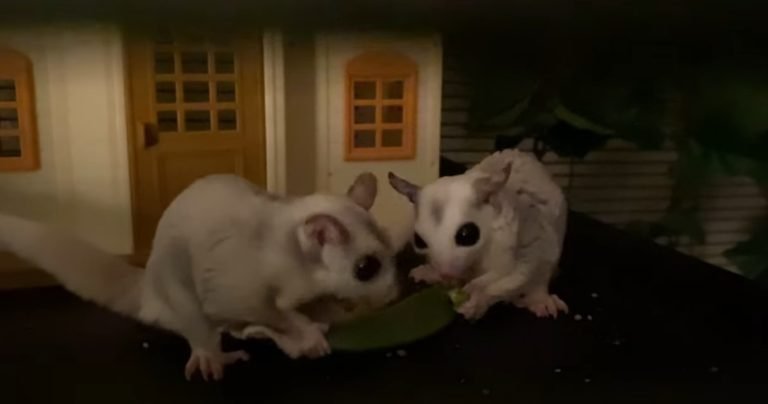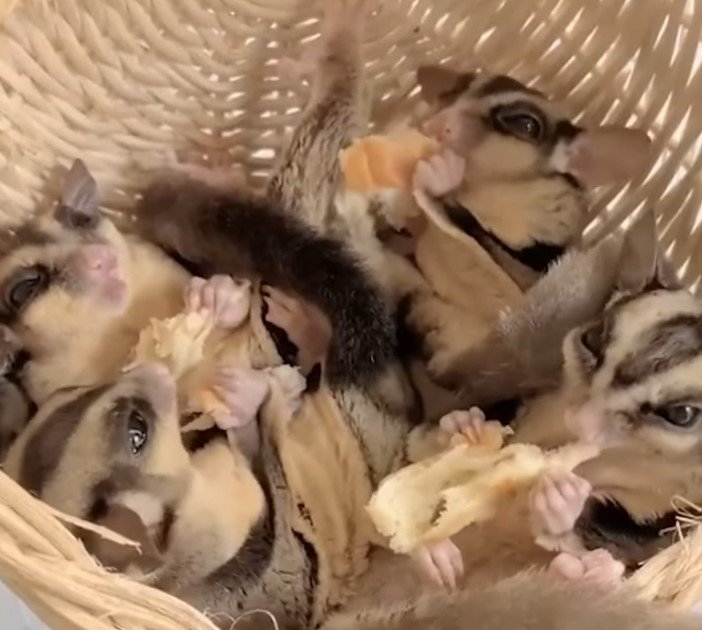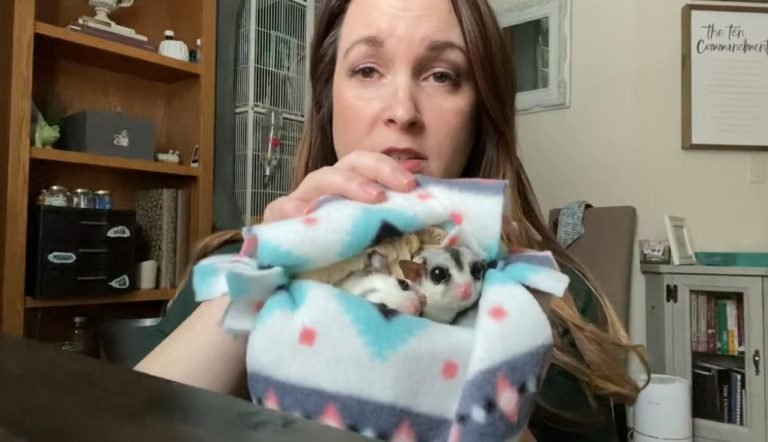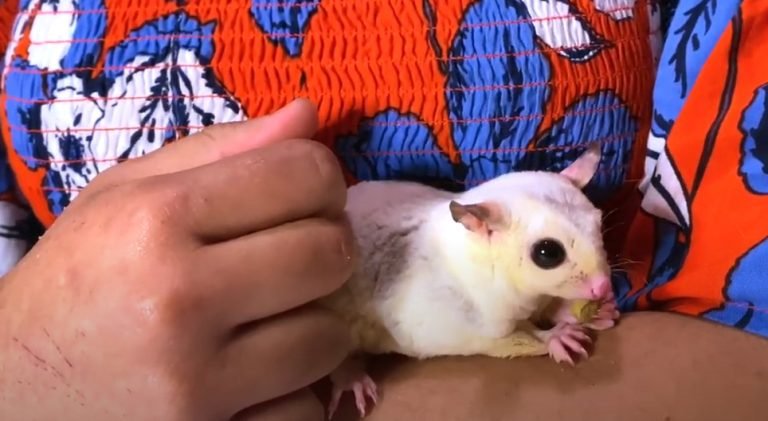What Is A Sugar Gliders Natural Habitat
What is a Sugar Gliders Natural Habitat?
Sugar gliders are small, nocturnal marsupials native to Australia, Papua New Guinea, and Indonesia. Known for their adorable appearance and ability to glide through the air, these tiny animals are popular pets in many parts of the world. However, it’s essential to understand their natural habitat to ensure their well-being in captivity.
The natural habitat of sugar gliders is in the forests of Australia, where they live in groups called colonies. Their preferred habitats are woodlands and rainforests, as these environments provide the necessary resources for their survival. Sugar gliders are arboreal creatures, meaning they spend most of their time in trees.
The Forest Canopy: A Sugar Glider’s Home
The forest canopy is where sugar gliders feel most at home. These delicate creatures navigate the treetops with ease, using their specialized gliding membrane, called a patagium, to travel between trees. The forest canopy offers them protection from predators, access to food sources, and plenty of places to rest.
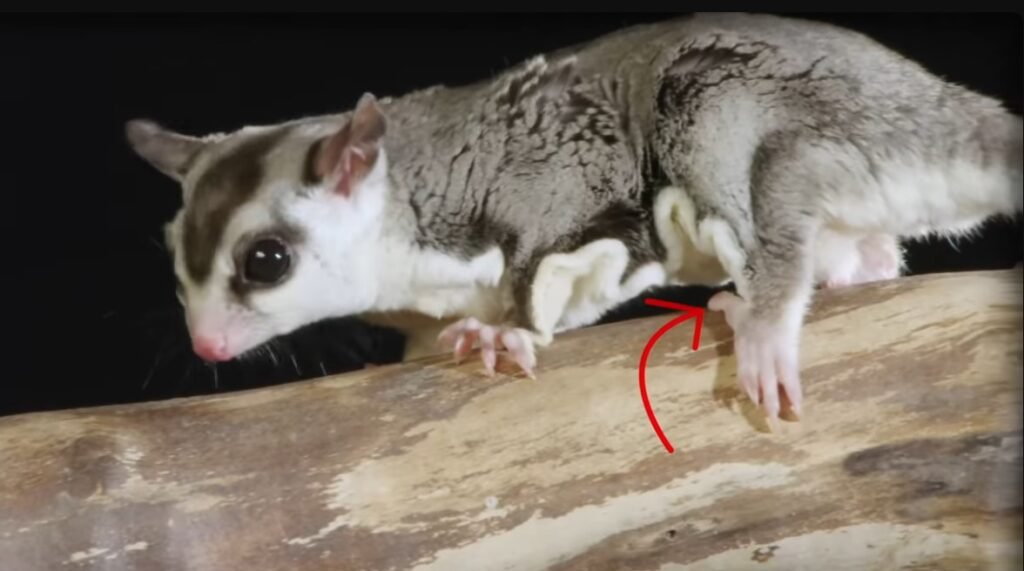
1. Food Sources in the Canopy
Sugar gliders are omnivorous, meaning they eat both plant matter and small animals. In their natural habitat, the forest canopy provides them with a diverse range of food sources. They consume nectar, fruits, tree sap, insects, and even small birds or reptiles. The abundance of food in the canopy allows them to maintain a balanced and nutritious diet.
2. Nesting and Resting Sites
The forest canopy offers sugar gliders an array of nesting and resting sites. These creatures build their nests in tree hollows, crevices, or leafy dens, providing them with a safe place to sleep during the day. The dense foliage of the trees also shields them from extreme weather conditions and potential predators.
The Importance of Biodiversity in Sugar Glider Habitats
Conservation and preservation of the natural habitat of sugar gliders are of utmost importance to ensure their long-term survival. Biodiversity plays a crucial role in maintaining healthy sugar glider populations. Here are a few reasons why biodiversity is important for sugar gliders:
1. Food Availability
A diverse ecosystem provides a wide range of food sources for sugar gliders. Different tree species flower and fruit at different times, ensuring a continuous supply of nectar and fruits for these little marsupials. Insects and small animals also thrive in diverse habitats, offering additional prey options for sugar gliders.
2. Genetic Diversity
A healthy population requires genetic diversity to avoid genetic disorders and maintain strong immune systems. Sugar gliders in diverse habitats have a higher chance of finding suitable mates from different genetic backgrounds, reducing the risk of inbreeding and its associated problems.
3. Ecosystem Balance
Sugar gliders play a vital role in their natural habitats by contributing to ecosystem balance. They aid in pollination when they feed on nectar, and their diet of insects helps control populations that could otherwise harm plant life. By preserving their habitats, we ensure the continued functioning of these ecosystems.
How to Replicate a Sugar Glider’s Natural Habitat in Captivity
Creating a suitable habitat for pet sugar gliders requires careful consideration and attention to detail. While it’s impossible to replicate their natural habitat entirely, here are some essential aspects to consider:
1. Enclosure Size and Design
Sugar gliders need ample space to climb, jump, and glide. The enclosure should have multiple levels, providing access to branches and perches. The cage should be at least 36 inches tall and 36 inches wide, with bar spacing no wider than half an inch to prevent escape.
2. Branches and Perches
Provide plenty of branches, perches, and climbing opportunities in the cage. Natural wood branches with various diameters and textures are ideal, as they mimic the sugar glider’s natural environment. These branches also encourage exercise and promote nail health.
3. Nesting Materials and Hiding Spots
Offer nesting materials such as shredded paper, natural fibers, or commercially available nesting boxes. Hiding spots such as wooden huts or pouches made from fabric should also be provided to give sugar gliders a sense of security and privacy.
4. Temperature and Humidity
Sugar gliders thrive in temperatures ranging from 70°F to 80°F (21°C to 27°C). The enclosure should be kept within this temperature range, avoiding drastic fluctuations. Moderate humidity levels between 50% and 70% should be maintained to prevent dry skin issues.
5. Enrichment and Social Interaction
Sugar gliders are highly social animals and thrive when they have companionship. If you choose to keep a sugar glider as a pet, it’s essential to have at least two gliders to provide social interaction. Engage in regular playtime and enrichment activities to simulate their natural behavior.
Frequently Asked Questions
Q: Can sugar gliders live outside of their natural habitat?
Yes, sugar gliders can adapt to living outside their natural habitat if provided with a suitable environment that meets their physical and psychological needs. However, it’s crucial to ensure they receive proper care, nutrition, and social interaction to maintain their well-being.
Q: Are sugar gliders legal as pets in all countries?
No, the legal status of sugar gliders as pets varies from country to country. It’s essential to research and understand the regulations regarding owning sugar gliders in your specific location before considering them as pets.
Q: How long do sugar gliders live in captivity?
With proper care, sugar gliders can live up to 12-15 years in captivity. Providing a suitable diet, regular vet check-ups, and a stimulating environment are crucial for their longevity.
Q: Can sugar gliders be potty trained?
Yes, sugar gliders can be potty trained. With patience and consistency, they can learn to use a designated area, such as a small box with absorbent bedding, for their waste.
Final Thoughts
Understanding a sugar glider’s natural habitat is essential to provide these fascinating creatures with a suitable environment in captivity. Replicating their natural habitat as closely as possible ensures their physical and psychological well-being. By creating a nurturing setting, we can appreciate and enjoy the beauty of sugar gliders while also contributing to their conservation efforts.
Remember, sugar gliders are complex creatures and require careful consideration before bringing them into your home. If you decide to welcome them as pets, always prioritize their welfare and seek guidance from experienced glider owners or exotic animal specialists.


